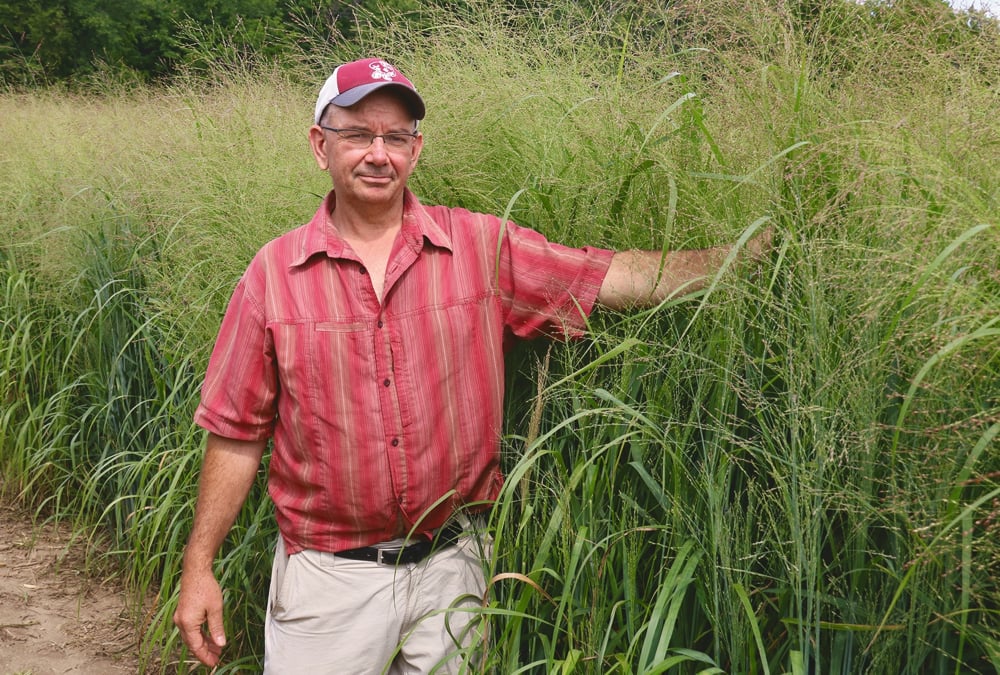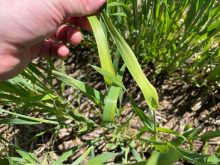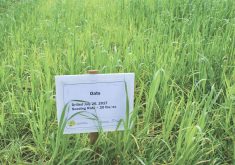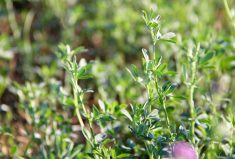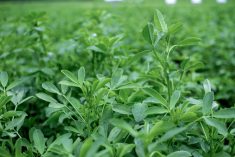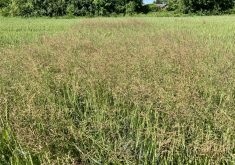Switchgrass breeders have been working patiently for almost 30 years to improve the varieties available for growing in Canada, and they think they are at the point where they believe they have commercial quality varieties.
Why it matters: Bioeconomy crops have to be able to compete with other field crops both agronomically and in profitability. Years of breeding are making switchgrass more competitive.
“We’ve been trying to take a wild cultivar and make it a domesticated crop,” says Roger Samson, executive director of Resource Efficient Agricultural Production (REAP). “We’ve eliminated dormancy issues in seed for example.”
Read Also
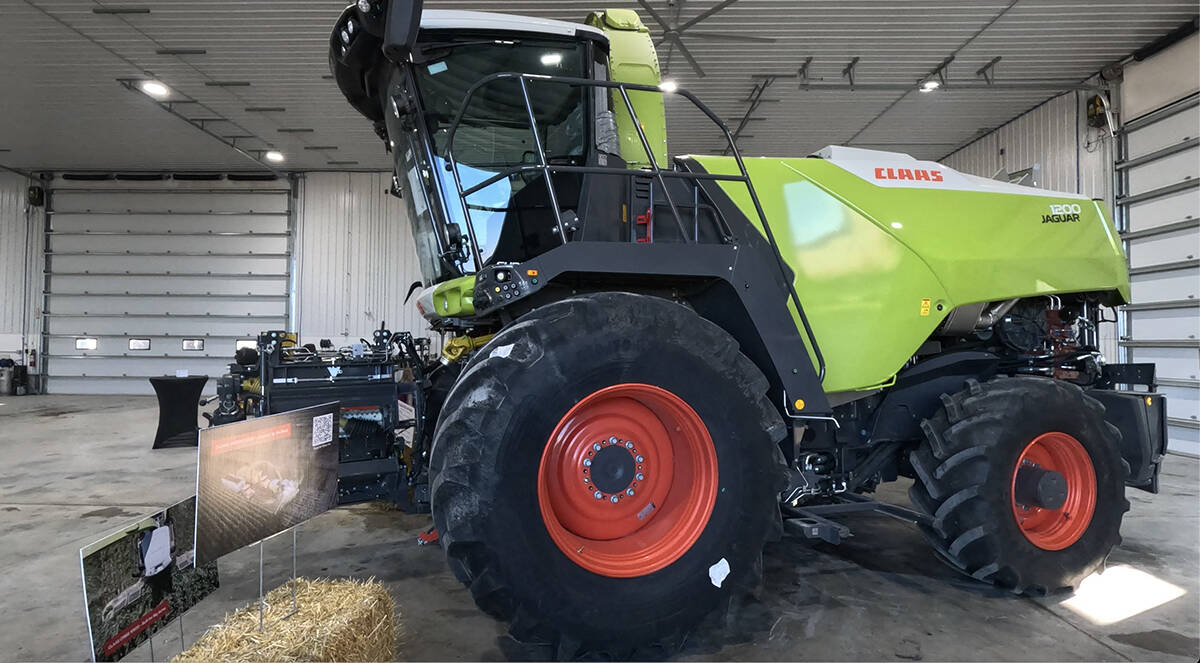
Claas brings 1000 Series SP forage harvesters to Canada
In mid-August, Claas unveiled its new line of Jaguar forage harvesters at an event in Visalia, California, deep in the heart of that state’s dairy region.
Samson was one of several speakers talking about switchgrass at a recent meeting at the farm of Don Nott, a leader in Ontario switchgrass production, near Clinton.
Switchgrass is a perennial grass that creates large volumes of biomass that can be used for straw, animal feed and can be processed into many products. It does well on marginal soils.
Samson says there’s also the potential to use it as biomass in biogas digesters.
“We’re still learning lessons, but have made some really good progress,” he says. REAP is one of the organizations working to breed switchgrass that is better adapted to commercial production, including faster establishment, less lodging and less dormancy.
Samson says the crop has to be an easy and low input crop to grow and it has to make sense rotation-wise for farmers.
That’s been a challenge as it usually takes more than a season before it is mature enough to harvest – pushing potential payback further than most crops.
The genetics are changing, however. In 2018 there were some who were able to sow the crop in the spring and take a first harvest that fall.
Samson says Nott expects the future is in making switchgrass fit into shorter crop rotations – as a way to create healthier soils in aggressive rotations. It is also a good crop for absorbing nutrients like manure, especially keeping 90 per cent of phosphorus applied on a field in the field.
“We can make switchgrass the new alfalfa,” he said, referring to the soil health benefits of the perennial forage crop.
Establishment has been a challenge with limited herbicide options, but faster growing varieties are helping, he says. Seed is now a third larger than wild material and easier to plant accurately in a drill.
Canadian genetics are being tested in 12 sites across North America, including five in the United States. Samson says the Canadian genetics can compete.
“It’s exciting that province of Ontario is one of the leading jurisdictions in North America advancing bioeconomy crops.”
Harvest evolves
Harvesting of switchgrass depends on the potential end use.
Nott cuts his switchgrass in the fall and leaves it to harvest until spring, which helps get it dryer.
Samson says a Quebec switchgrass grower who sells into the dairy bedding and feed market cuts and harvests the crop in the fall, storing it in round bales, because the quality needs to be higher for use as animal feed and bedding.
Big Blue Stem interest increasing
Samson says there’s more interest in another biomass crops – Big Blue Stem. The grass is more desired for processing into everything from automotive panels to paper plates.
“It is more finicky to establish but it has big potential,” says Samson.




